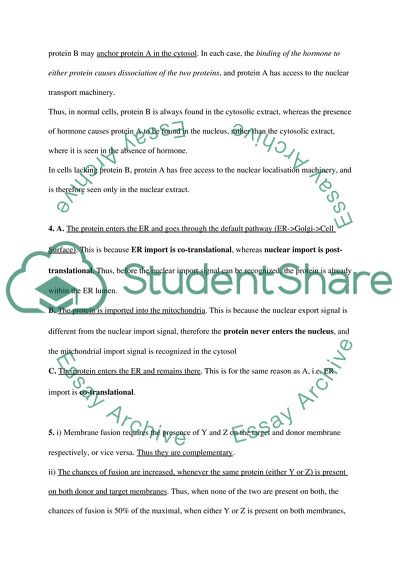CELL BIOLOGY Essay Example | Topics and Well Written Essays - 500 words. Retrieved from https://studentshare.org/miscellaneous/1539238-cell-biology
CELL BIOLOGY Essay Example | Topics and Well Written Essays - 500 Words. https://studentshare.org/miscellaneous/1539238-cell-biology.


